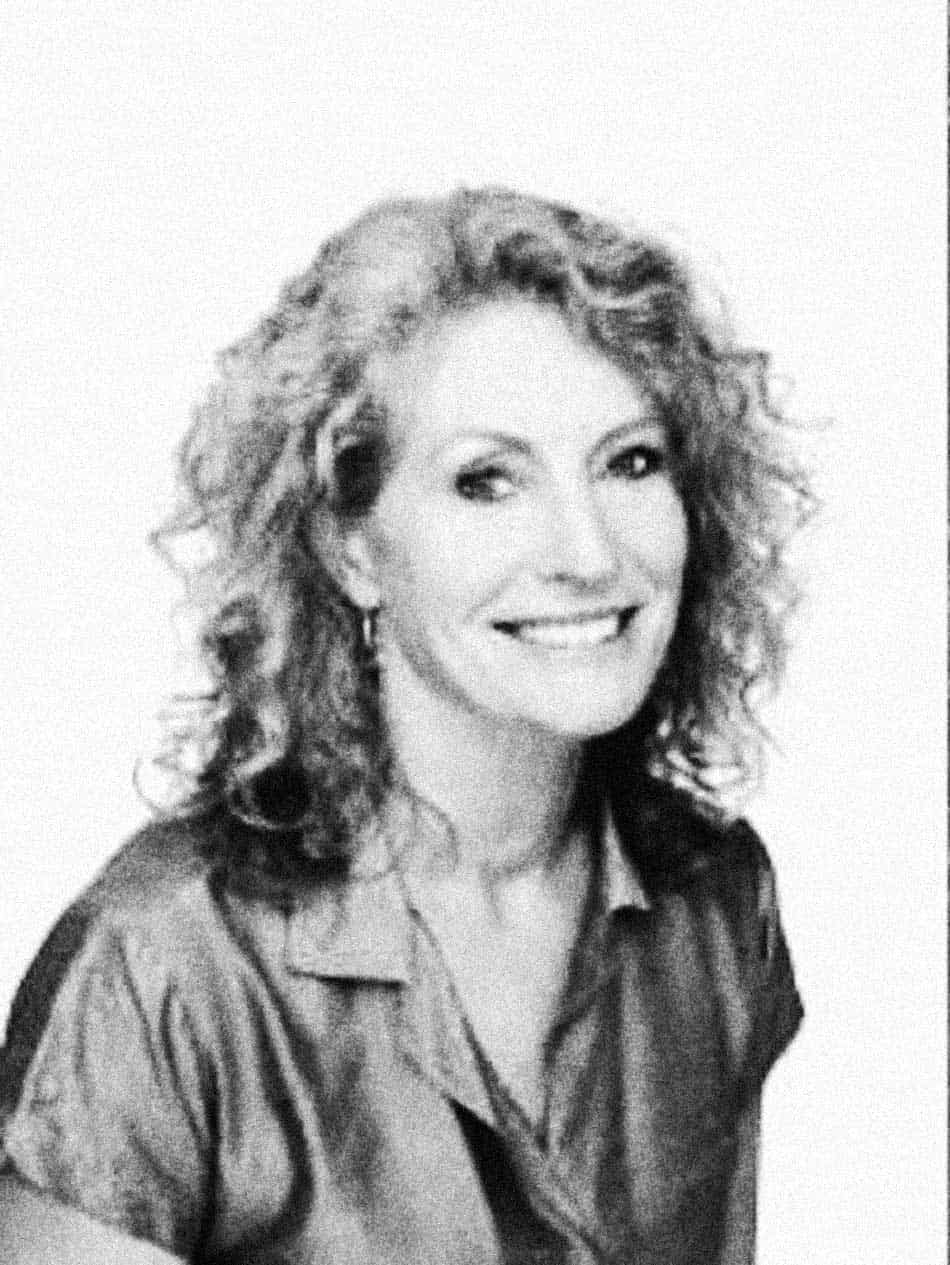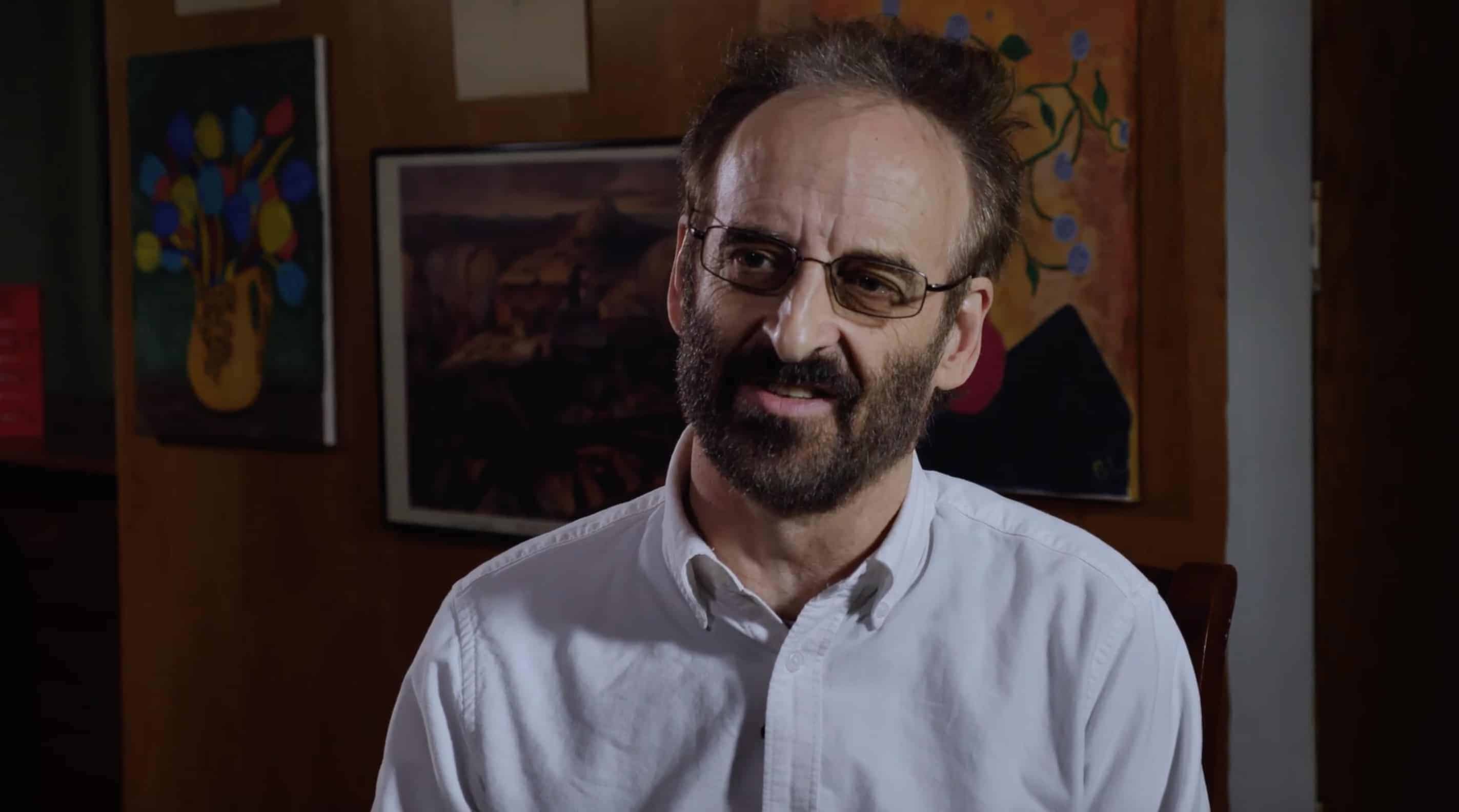A Life Disrupted: Dr. Elliott's Struggle
An artificial intelligence expert who struggled with symptoms of traumatic brain injury for eight years following a car crash was able to be “put back together again” in steps, with remarkable progress in the first month, thanks to the efforts of two professional women — a neuroscientist and an optometrist using advanced neuro-optometric rehabilitation.
So, says Clark Elliott PhD, a professor at Chicago’s DePaul University, who details his long journey back to health in a 2015 book that has now been read or discussed by millions of people throughout the world – The Ghost in My Brain.
Since sustaining a concussion in September 1999, “I had been this zombie walking around. I looked like myself, but inside I was gone; I wasn’t there anymore,” recalls Dr. Elliott. “I had always liked the person I used to be, but I thought I would never see him again.”
“I had been this zombie walking around. I looked like myself, but inside I was gone; I wasn’t there anymore.”
Yet, in just a few weeks after starting care with Donalee Markus of Designs for Strong Minds in Highland Park, Ill.; undergoing testing at the Mind-Eye Institute in Northbrook, Ill., and receiving a pair of therapeutic “brain” glasses prescribed by Deborah Zelinsky OD, Mind-Eye founder, “my brain started to reawaken. One day I was returning to my office following a lecture and discovered I could find the doorknob again. I realized the ‘ghost’ of whom I had been was returning – and I literally sat down in my office and wept,” Dr. Elliott recounts.
“In the end, these two professionals put me back together as a full-time artificial intelligence professor, able again to solve complex problems,” he says.
A Search for Healing: Traditional Medicine Falls Short
Dr. Elliott’s search for solutions through the standard health system had proven fruitless. Doctors were sympathetic, he says, but told him, “Clark, you are never going to get better. You are going to have to live with your symptoms.”
Doctors were sympathetic, he says, but told him, "Clark, you are never going to get better. You are going to have to live with your symptoms.”
Meanwhile, strange things were happening to him due to his injured brain. He recounts one incident, saying, “I remember sitting in a chair, and I could not get up. I kept telling myself, ‘Clark, get up, get up.’ But I ended up sitting there for an hour; I was unable to move.” In another instance, “I struggled for four hours trying to figure out what seemed wrong, and then I realized I had put my shoes on the wrong feet and had been walking around like that all day.”
Although he went to a hospital after the crash in which his car had been rear-ended, “no one there could help me. The hospital sent me home with papers I was unable to read and with pain medication I did not understand how to take.”
Discovering Neuroplasticity: Dr. Elliott's Last-Gasp Effort
That’s because the concussion had affected Dr. Elliott’s ability to read and comprehend.
“I could not understand what people were saying to me. I couldn’t understand jokes. I couldn’t walk down a hall without holding onto the wall. If I took an elevator, I would end up on the floor, crawling in my hands and knees, because I would be so sick. I had to learn to sleep with my eyes open, because, as soon as I closed them, I would get so dizzy it made me nauseous,” he says.
“I could not understand what people were saying to me. I couldn’t understand jokes. I couldn’t walk down a hall without holding onto the wall.”
“I reached a point where I could not keep up anymore,” he says. “I was in danger of becoming a ward of the state, losing my home, my job and the custodial parenting of my children.”
In what he terms a “last-gasp effort,” Dr. Elliott read The Brain That Changes Itself by Norman Doidge MD. There he learned about the science of neuroplasticity and later typed “neuroplasticity” as a search term on the Internet. “By sheer luck, Dr. Markus’ name came up. I went to see her, and she almost immediately referred me to her colleague, Dr. Zelinsky, as well,” Dr. Elliott says.
Dr. Elliott remembers his first appointment with Dr. Zelinsky at the Mind-Eye Institute. “I was not particularly hopeful at the time,” he says. “Imagine, this long string of neurologists and other practitioners whom I had seen over the years, none of them able to help me.”
The Z-Bell Test℠: A Revolutionary Approach
As part of his initial evaluation at the Mind-Eye, Dr. Elliott underwent Dr. Zelinsky’s patented Z-Bell Test℠, a test he calls “wild.” The Z-Bell Test℠ is a simple, but revolutionary method of checking a patient’s overall integration of retinal processing with awareness of auditory space — basically, how stable the eye/ear connection is.
During the Z-Bell Test℠, a patient reaches out, with eyes closed, and tries touching a ringing bell. If the patient cannot do so, a Mind-Eye optometrist places different lenses, prisms and filters across the patient’s closed eyelids until an optimal combination allows the patient to find the bell immediately without conscious effort. Light still passes through the eyelids and activates parts of the brain not used for eyesight. With eyes closed, patients are still having to visualize surrounding space in order to locate the bell.
“I could hear the bell, but, at first, I couldn’t touch it. I was missing it by a foot,” Dr. Elliott recalls. Then, Dr. Zelinsky puts various lenses across his closed eyelids, “It was like the ‘Force’ in Star Wars. The lenses affected how I heard the 3-D world around me. I suddenly started hitting the bell.”
The Mind-Eye Institute is recognized worldwide for its work in assessing “retinal processing.”
The Mind-Eye Institute is recognized worldwide for its work in assessing “retinal processing.” The retina is made of brain tissue and sends signals to more than simply an eyesight center. Retinal signals combine (partially beneath a conscious level of awareness) with other sensory signals – from hearing, smell, taste and touch. Further brain processing synthesizes the information and reacts and responds depending on internal sensory signals, explains Dr. Zelinsky. Her studies of retinal stimulation have been described in publications and courses throughout the world.
“When intact, retinal processing enables people to understand and interact appropriately with the world around them. If brain circuitry is out of sync because it has been disrupted – as in Dr. Elliott’s case – or under-developed, people can become confused about their surrounding environment and exhibit inappropriate reactions and responses. If eyes and ears are not in sync, people have to continually monitor their shifting attention, and it becomes exhausting,” Dr. Zelinsky says.
She continues, “the retina remains an overlooked part of the central nervous system. Modification of retinal inputs simultaneously affects body posture and biochemistry, as well as spatial awareness, movement, perception and selective attention to sound.”
At the Mind-Eye Institute, “we are enhancing brain function, using therapeutic eyeglasses – Brainwear™– as one way to alter the environment,” she continues. “Even people who do not need glasses to see clearly can benefit, because our glasses are designed for stimulating the edges of the eye in addition to the center.”
From Personal Journey to Global Impact: Ghost in My Brain
During his recovery, Dr. Elliott says he would have been delighted to leave his brain injury strictly in the past, “but I had taken 1,200 pages of notes detailing my symptoms and the ways in which the brain responds to injury. As a cognitive scientist, I needed to better understand what had happened to me. At the same time, I realized there are tens of millions of people in the world who are in the same position I was. That’s why I needed to write a book, which I did over the course of almost two years.”
That book, Ghost in My Brain, has since drawn patients to the Mind-Eye Institute from all over the world. As one Mind-Eye patient commented, “When I was reading the book, I had tears in my eyes because someone had put into words what I felt – the emotional toll that traumatic brain injury takes.”
Lynne Malcolm Interviews Dr. Zelinsky, O.D. and Dr. Elliott, Ph.D. About His Incredible Recovery



